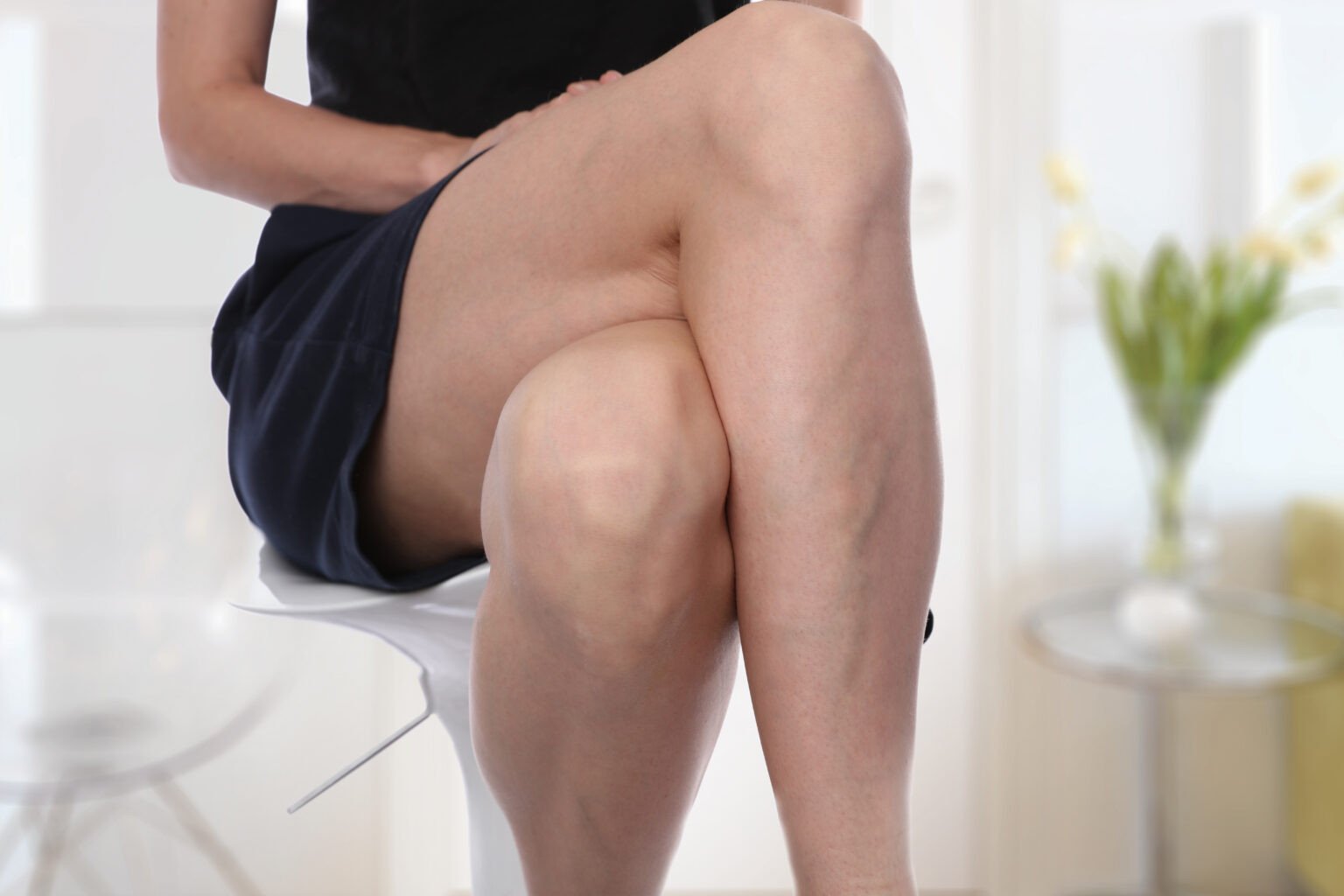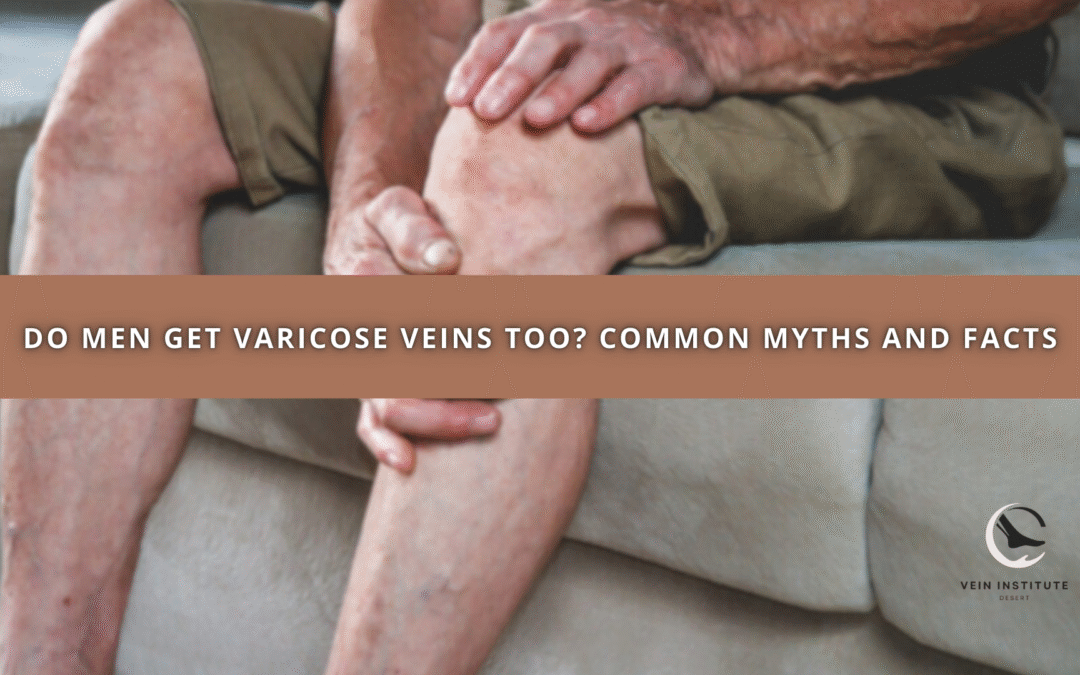Varicose Veins in Men: Myths and Facts 🦵

Varicose veins are often associated with women, but they can also affect men. In fact, a significant number of men experience this condition, and it’s important to understand the myths and facts surrounding it. Enlarged veins in men is just as important as for women, and seeking help from a varicose veins doctor can make all the difference.
Varicose Veins: What They Are and How They Affect Men 🌿

Varicose veins occur when the veins become enlarged, swollen, and twisted, often appearing as blue or purple bulging veins. This happens when the valves in the veins malfunction, causing blood to pool instead of flowing smoothly back to the heart. Though common in both men and women, the condition may be more noticeable in women due to hormonal changes associated with pregnancy. However, men are not exempt from this issue.
The Symptoms of Varicose Veins in Men 🦵
In men, the symptoms of swollen veins can vary. Some men may not even realize they have them until they notice visible changes in their veins. Here are some common symptoms:
-
Swelling: Swelling in the legs or ankles can be a sign of varicose veins.
-
Heaviness in the Legs: A feeling of fatigue or heaviness in the legs, especially after standing for long periods.
-
Aching or Pain: Varicose veins can cause dull aches or sharp pains, particularly after long periods of standing.
-
Itching: The skin over varicose veins may feel itchy or irritated.
-
Visible Bulging Veins: The veins may be prominent and twisted, often causing embarrassment.
Risk Factors for Varicose Veins in Men ⚠️
While varicose veins are often seen as a women’s issue, several factors make men susceptible to developing them. These risk factors include:
-
Age: As men age, the risk of developing varicose veins increases due to the weakening of vein valves.
-
Genetics: A family history of varicose veins can increase the likelihood of developing them.
-
Sedentary Lifestyle: Men who sit or stand for extended periods without regular movement are at a higher risk.
-
Obesity: Excess weight places additional pressure on the veins in the legs, contributing to varicose veins.
-
Occupation: Jobs that require prolonged standing or sitting may increase the risk of varicose veins.
How a Varicose Veins Specialist Can Help 👨⚕️
If you are noticing the signs of bloated veins, it’s essential to seek advice from a varicose veins treatment doctor. These specialists can provide a comprehensive diagnosis and suggest treatment options based on your individual condition. Early intervention is crucial to preventing further complications.
There are several non-surgical treatments available, including:
-
Compression Stockings: These specially designed stockings help to improve blood circulation in the legs and reduce swelling.
-
Sclerotherapy: A procedure where a solution is injected into the veins, causing them to collapse and eventually fade away.
-
Laser Therapy: This minimally invasive procedure uses heat to close off the affected veins, which then fade over time.
-
Endovenous Laser Treatment (EVLT): A more advanced form of laser therapy, EVLT can be highly effective for larger veins.
For more severe cases, surgical options may be required to remove or close the affected veins.
Debunking Common Myths About Varicose Veins in Men ❌
Despite being a common condition, there are many myths surrounding varicose veins in men. Let’s set the record straight.
Myth #1: Varicose Veins Only Affect Older Men ⏳
While age is a significant factor, younger men can also develop varicose veins, especially if they have other risk factors such as obesity or a sedentary lifestyle.
Myth #2: Varicose Veins are Just a Cosmetic Issue 💄
Varicose veins can lead to more severe complications, including blood clots, ulcers, and chronic pain. Seeking treatment early can prevent these risks.
Myth #3: Varicose Veins in Men Aren’t as Serious as in Women 🚶♂️
While women may be more likely to seek treatment due to cosmetic concerns, men can experience just as much discomfort and long-term health risks from varicose veins.
Treatment for Spider Veins: A Related Concern 🐜
In addition to varicose veins, many men also experience spider veins, which are smaller, red or blue veins that can appear on the surface of the skin. These veins are not as large or prominent as varicose veins but can still be unsightly. Treatment options for spider veins are similar to those for varicose veins and can include sclerotherapy or laser therapy.
Why Early Treatment Matters 🏥
Ignoring the symptoms of varicose veins can lead to more serious complications, such as venous ulcers, deep vein thrombosis (DVT), or even permanent vein damage. By seeking treatment early, you can improve the appearance of your legs, reduce pain, and prevent these complications. Whether you’re experiencing discomfort or just want to prevent the condition from worsening, consulting a vein doctor at an early stage can be highly beneficial.
Getting the Right Care at The Vein Institute of The Desert 🌵
If you’re concerned about varicose veins, it’s important to visit a specialized clinic like The Vein Institute of The Desert, where experienced doctors can guide you through your treatment options. With state-of-the-art diagnostic tools and personalized care plans, they can help you find the best solution for your varicose veins and overall vein health.
Taking Action for Better Vein Health 🏃♂️
By debunking myths and understanding the reality of varicose veins, you can take proactive steps toward addressing the condition. Varicose veins in men treatment is essential for preventing long-term complications. The key to effective treatment is awareness and seeking professional care from a vein specialist. Whether you’re managing the symptoms or taking preventive measures, it’s important to act early to ensure the best possible outcome for your vein health.
Andy Sharify
Position
